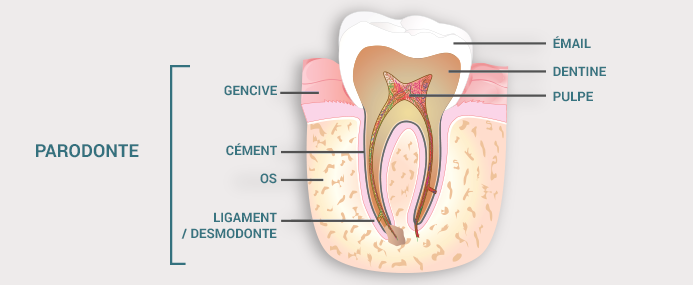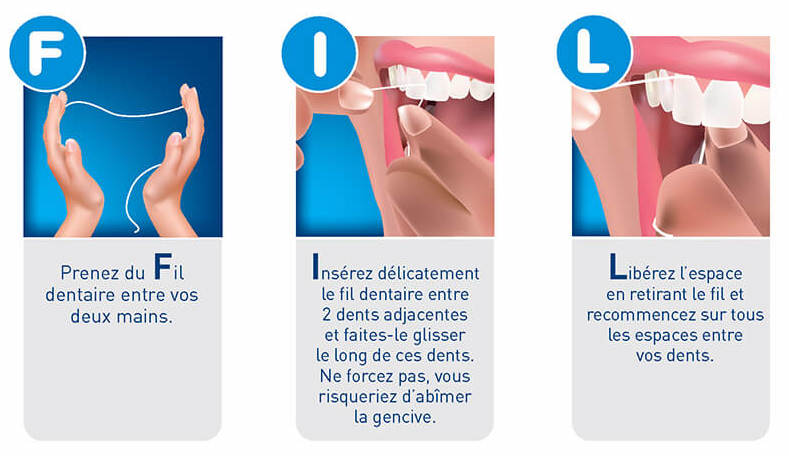Prendre RDV
Vous pouvez prendre rendez-vous dès aujourd’hui avec l’un de nos spécialistes via Doctolib. Nous nous ferons un plaisir de vous recevoir très prochainement dans notre cabinet pluridisciplinaire situé à Neuilly sur Seine.
Periodontology is concerned with the curative and preventive treatment of diseased gums. Periodontology can also have an aesthetic role in harmonizing it.






Vous pouvez prendre rendez-vous dès aujourd’hui avec l’un de nos spécialistes via Doctolib. Nous nous ferons un plaisir de vous recevoir très prochainement dans notre cabinet pluridisciplinaire situé à Neuilly sur Seine.